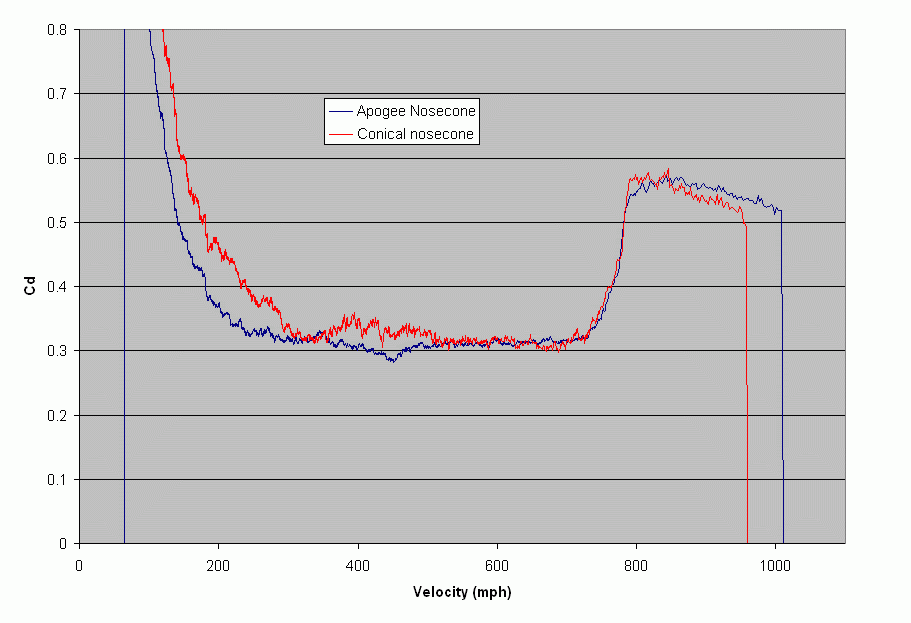AFAIK the OOP 24 mm Vaughn Brothers Extreme and the OOP 24 mm Rocket Vision Machbuster
https://www.rocketreviews.com/reviews/all/oop_imp_mach_buster.shtml launched on the OOP 24 mm AT G55 (aka Rocket Vision G55) are the only G-impulse
model rocket kits that were capable of exceeding Mach 1, and that's because they were only 24 mm in diameter.
I managed to launch my Machbuster twice on a F72 simply due to chance. A soccer player found and returned it from the other end of the launch field some 3500' from the launcher. I wasn't so lucky on the second flight.
Even if you could, your apogee will exceed 5,000 feet if you break Mach, and it is unlikely that you will be able to see the rocket at apogee. You may see deployment if the chute is illuminated just right, however adding the weight of a tracker or other device may reduce the T/W enough to prevent you from reaching Mach 1.
It will be difficult to verify that you broke Mach without launching an accelerometer to determine the peak velocity because the rocket is small, and even if you generated a shock wave, it will likely be drowned out by the roar (shock waves) generated by the motor.
The maximum velocity of a rocket is ultimately restricted by the instantaneous thrust and the instantaneous drag. The drag of a minimum diameter "29 mm" rocket is 42% greater than a minimum diameter "24 mm" rocket. If both rocket weigh the same, the T/W of the larger rocket must be 42% greater than the smaller rocket to achieve the same velocity.
What motor are you planning to use? I'm pretty sure you can't do it with current production 29 mm G-impulse
model rocket motors due to the drag of the 29 mm rocket body restricted to an 80 N average thrust.
Bob






